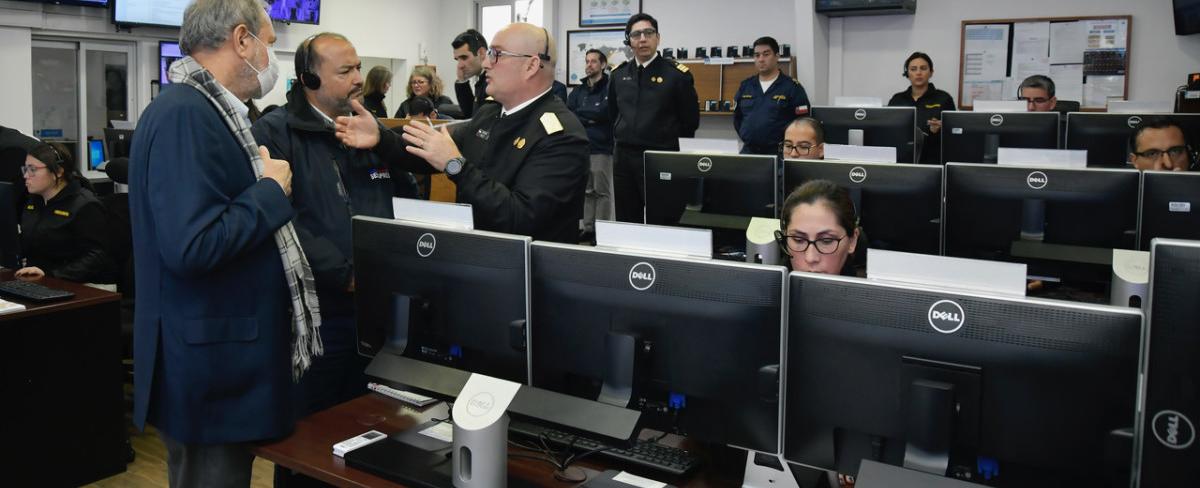SHOA realiza ejercicio de simulacro de tsunami como parte de su plan de entrenamiento permanente | Directemar

The SHOA (Servicio Hidrográfico y Oceanográfico de la Armada) recently conducted a simulated tsunami exercise as part of its ongoing training program, according to a report by Directemar. The article caught my attention as it sheds light on the crucial efforts made by organizations like SHOA to ensure the safety of coastal communities in the event of a tsunami.
In the exercise, SHOA simulated a tsunami scenario, testing its response capabilities and coordination with other emergency response agencies. The aim was to practice their procedures and assess their effectiveness in real-time, enabling them to be better prepared for a real tsunami situation.
During the exercise, staff at SHOA’s National Tsunami Warning Center analyzed simulated seismic data and issued warnings to the coastal regions potentially affected by the tsunami. These warnings were then relayed to the emergency response agencies responsible for implementing evacuation and response plans. The exercise provided an opportunity to identify any potential gaps in the response system and develop strategies for improvement.
This simulated tsunami exercise is part of SHOA’s larger commitment to training and preparedness. Given Chile’s long coastline and seismic activity, it is crucial for organizations like SHOA to continually upgrade their response capabilities and coordination with other agencies. The experience and knowledge gained from these exercises can make a significant difference in ensuring the safety and well-being of coastal communities.
Tsunamis are natural disasters that can cause immense destruction and loss of life. By conducting regular exercises like this, SHOA is working to minimize the impact of tsunamis through improved early warning systems, effective communication, and well-coordinated response efforts. Such training exercises are essential for saving lives and reducing the damage caused by these destructive forces of nature.
In conclusion, the recent simulated tsunami exercise conducted by SHOA demonstrates their commitment to training and preparedness for potential tsunami events. By continuously enhancing their response capabilities and coordination with other agencies, they aim to safeguard coastal communities from the devastating impact of tsunamis. This article serves as a reminder of the importance of such exercises in ensuring public safety and disaster resilience.
Quick Links

